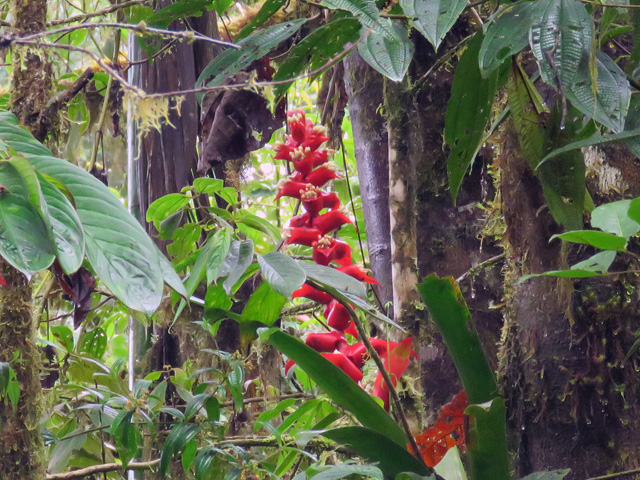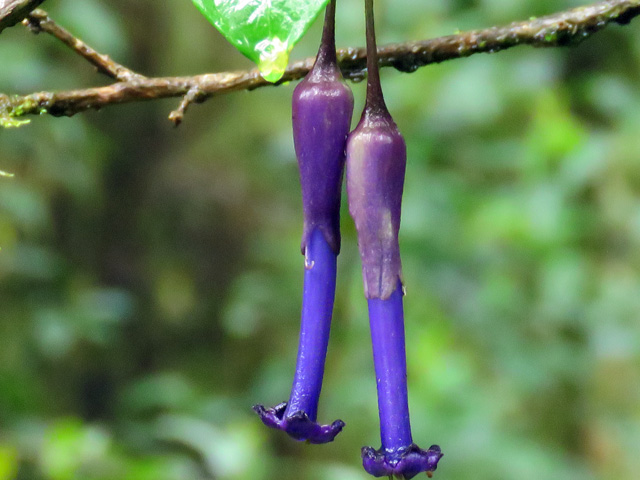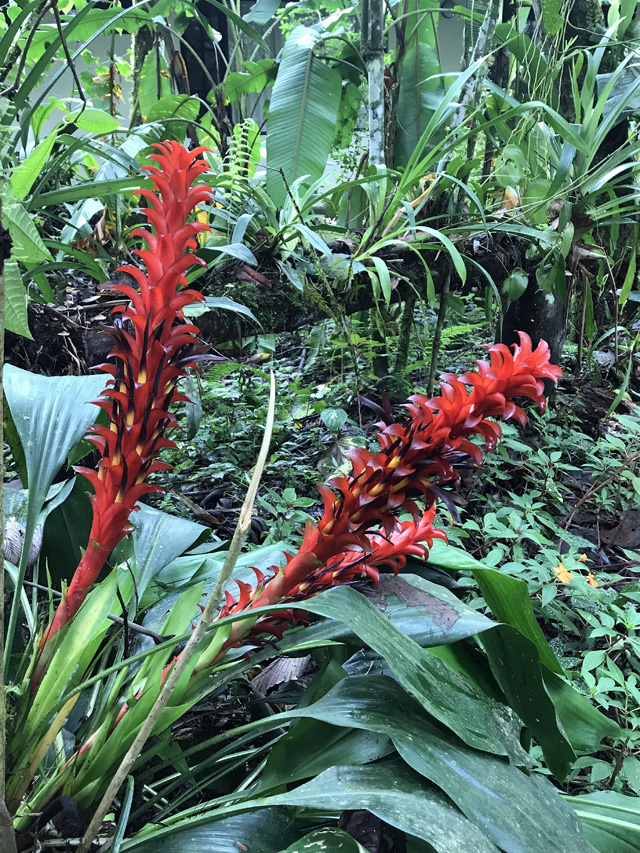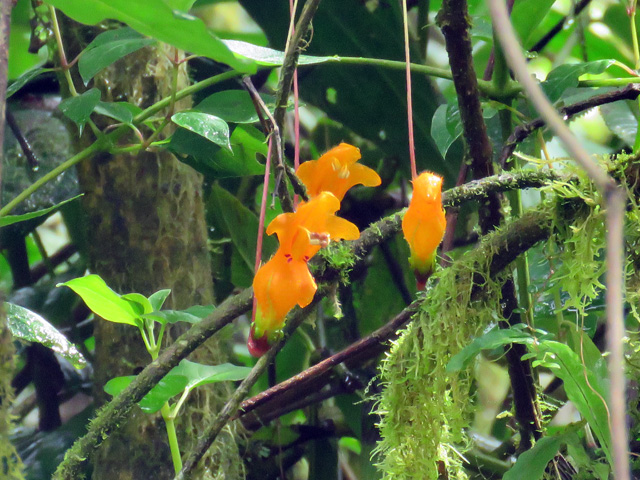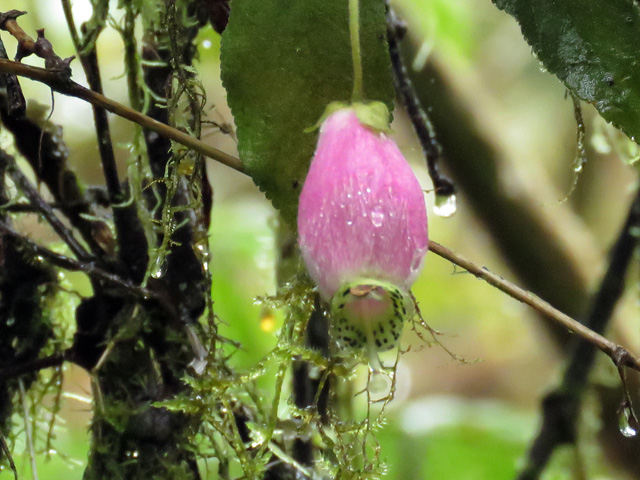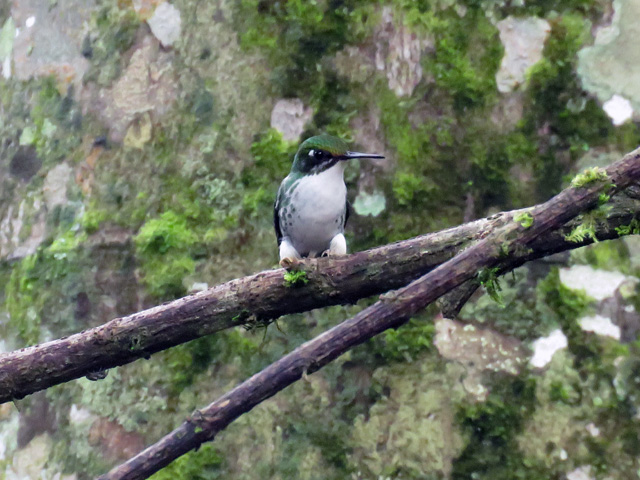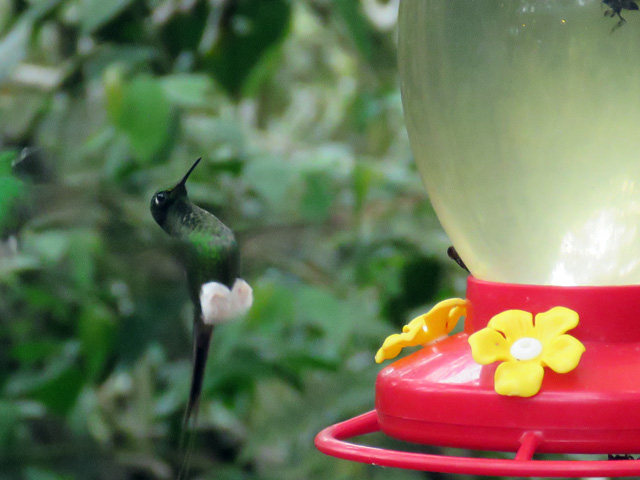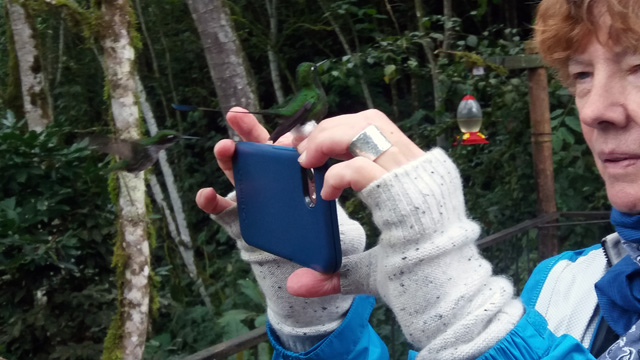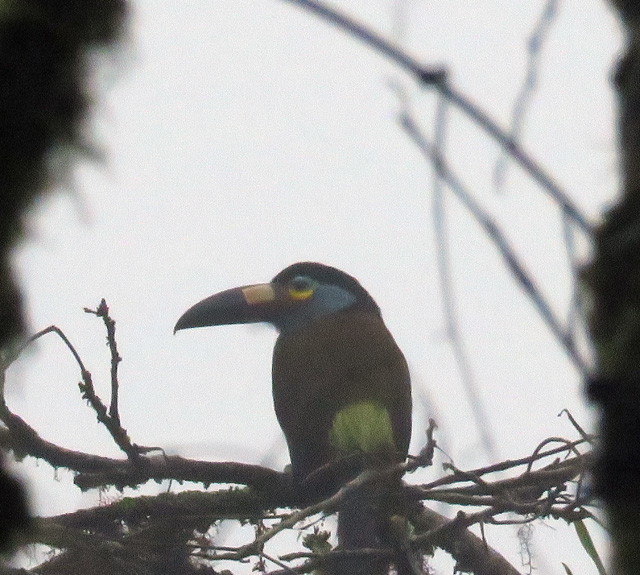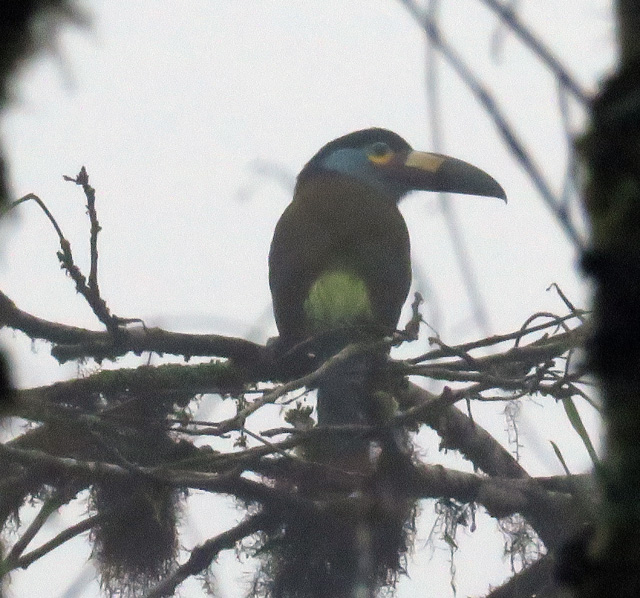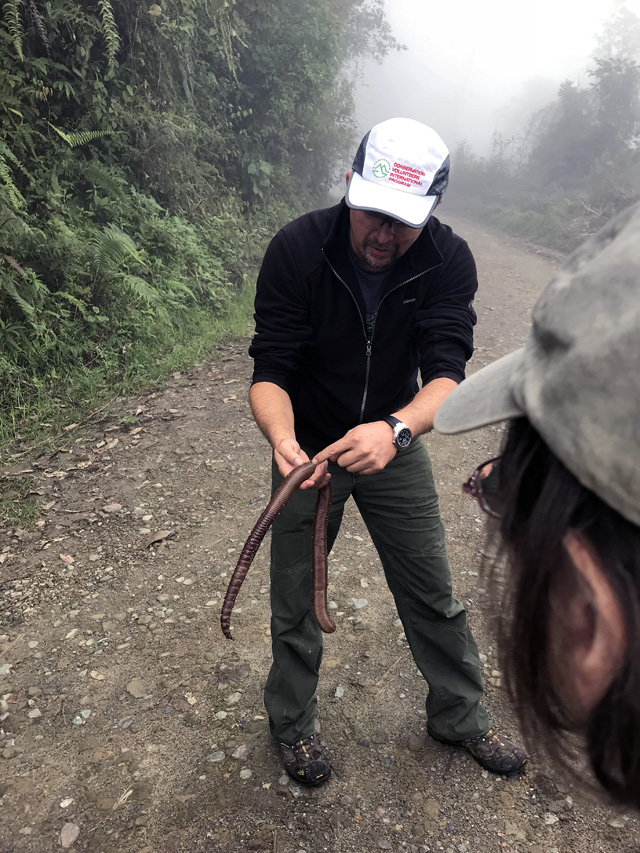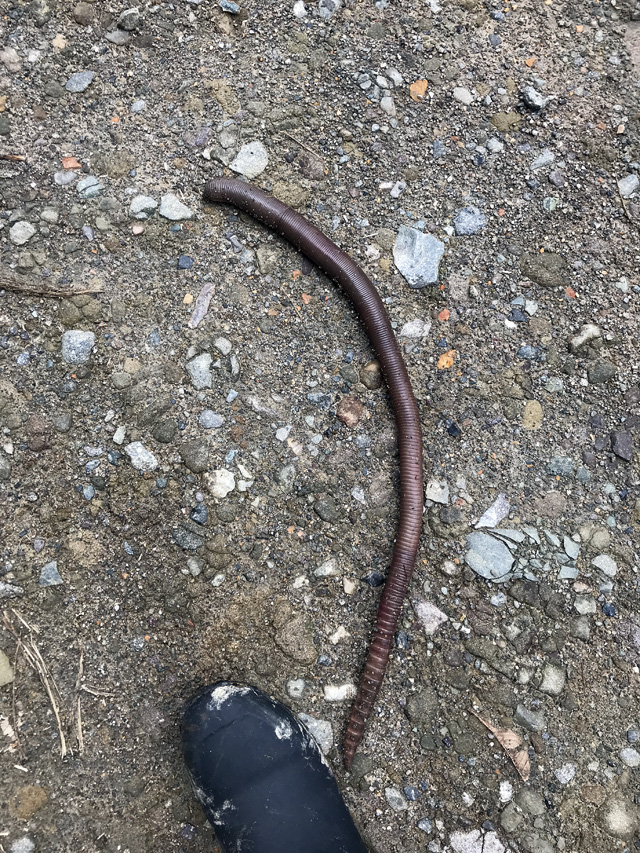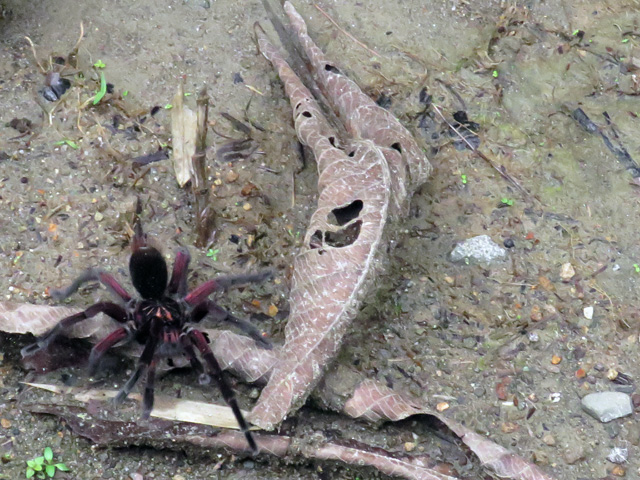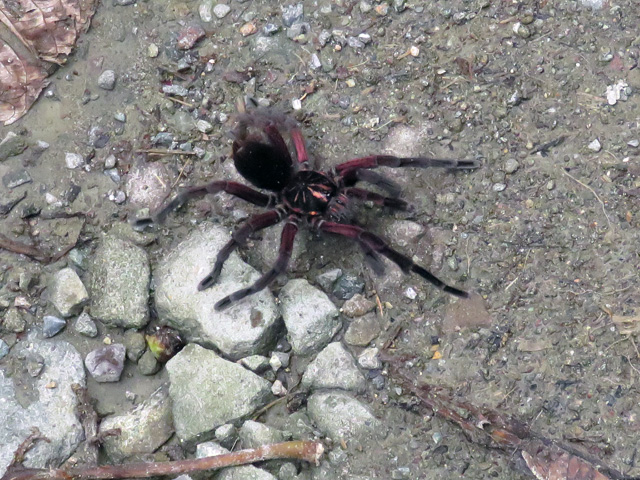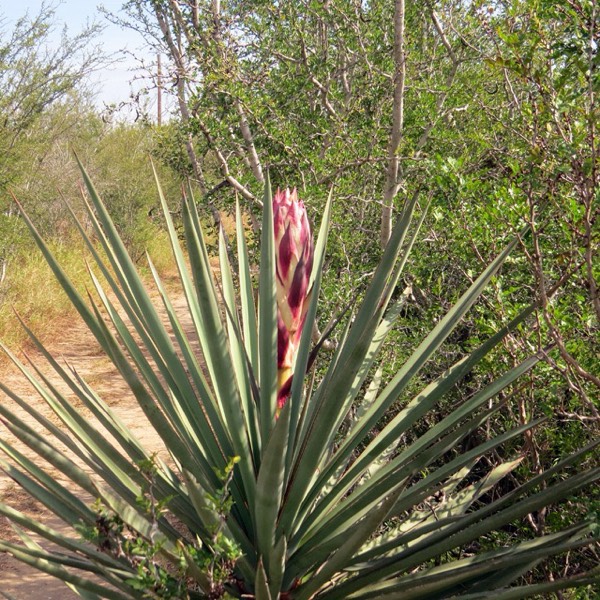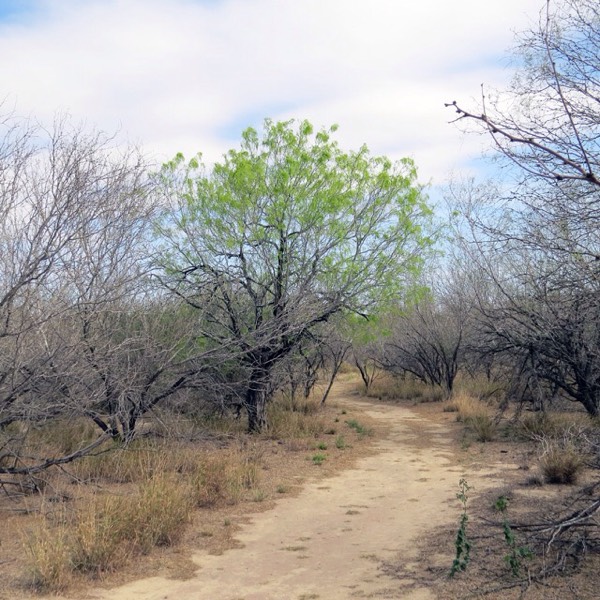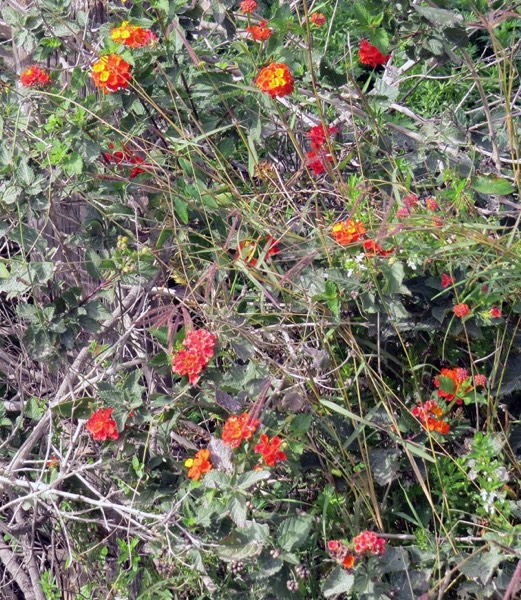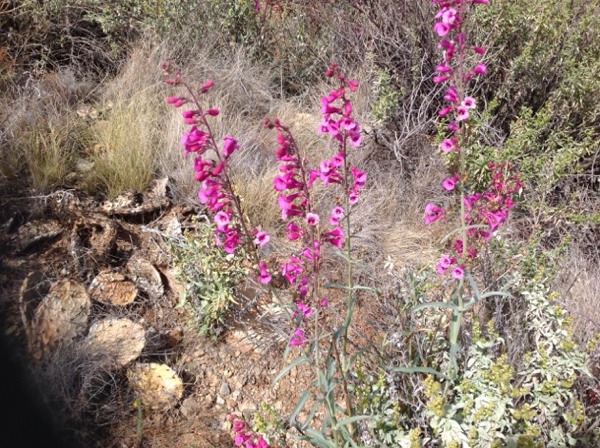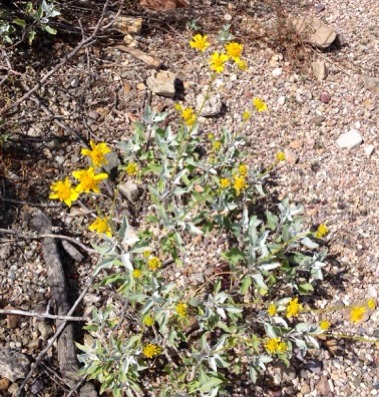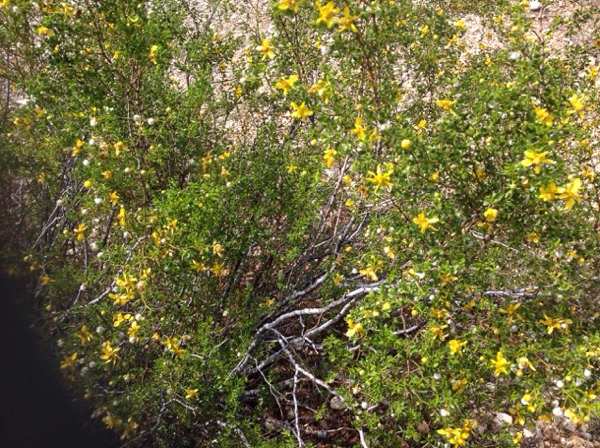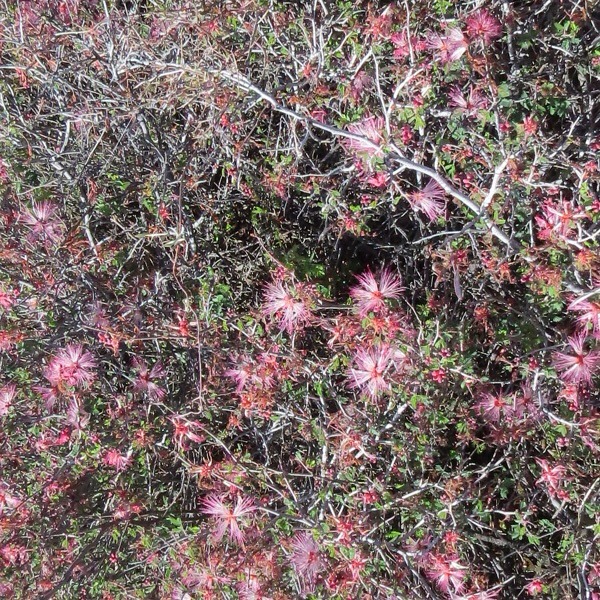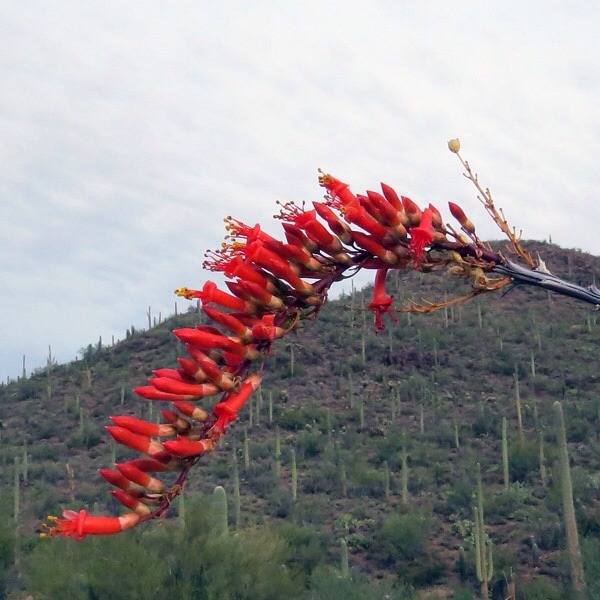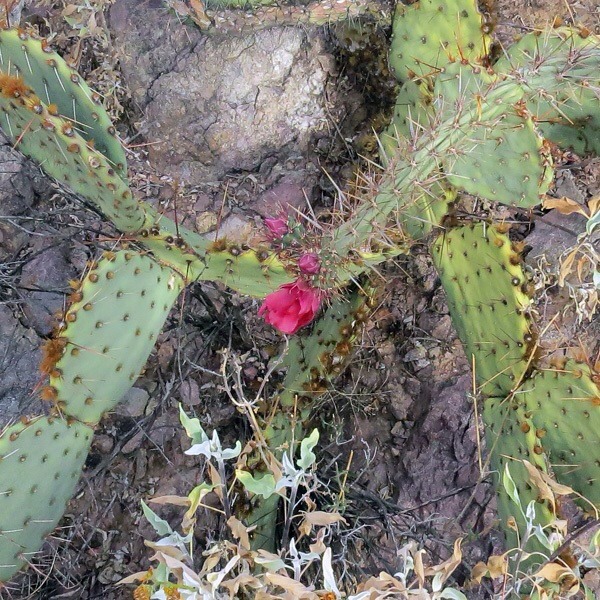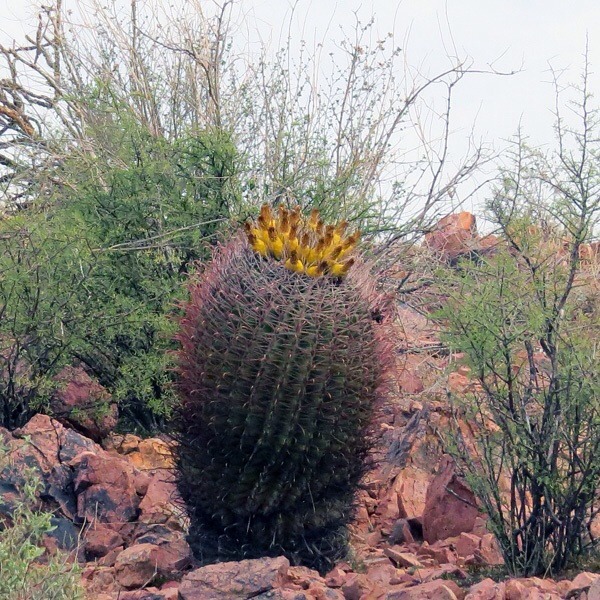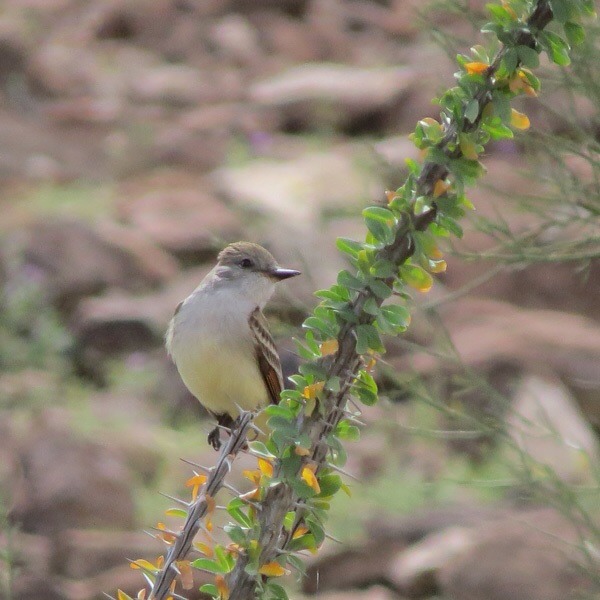Ginger and I have been exploring a local forest and its network of trails. Yesterday, we walked and birded for nearly three hours and never saw anyone.
It was quiet: there were no road noises, chainsaws, people, or dogs – all was I could hear was the jingle of her harness, the chirps and trills of the ever-present chickadees, and calling of crows and the drumming of woodpeckers. It was lovely as the temperature climbed from 45 into the sixties – a perfect Fall morning and a welcome break from the onslaught of disturbing news in the nation and the world.
I took my time and saw a lot of birds but thought I’d first give you a flavor of the trek. I’ll sort the birds out next post.
These old farmlands have a variety of stone walls, old foundations, interesting debris, and lots of natural features that catch your eye. This massive boulder right near the start has a big crack and missing piece that piques the imagination.
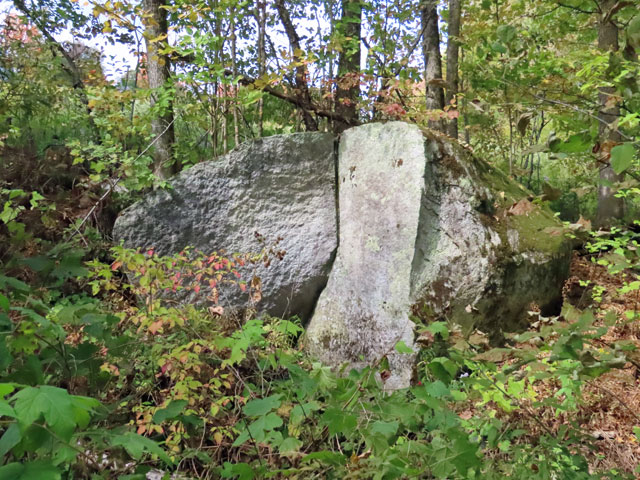
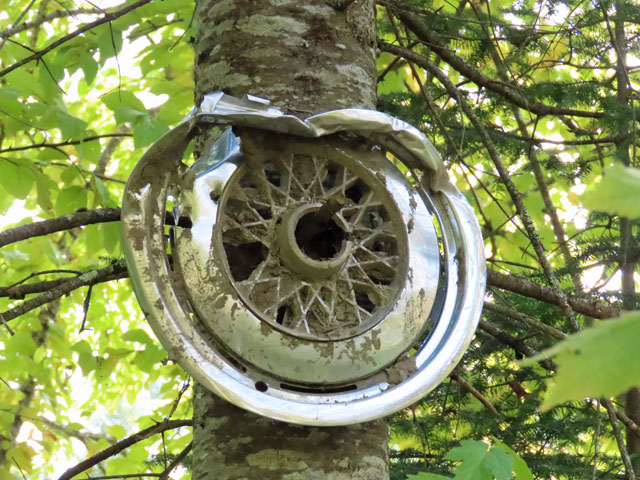
The leaves are starting to turn and it’s goldenrod and aster time in Vermont.
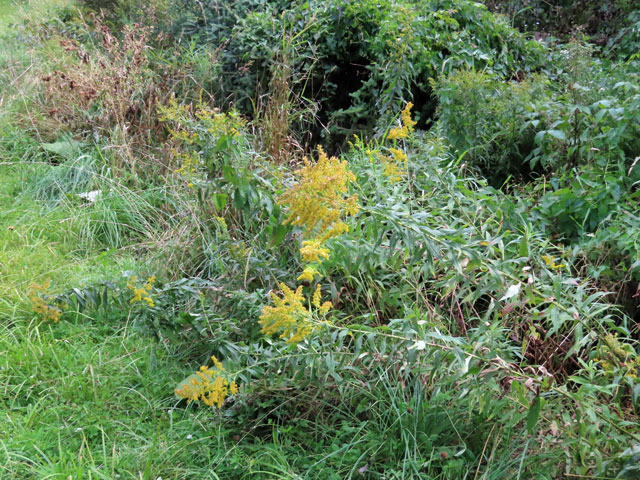
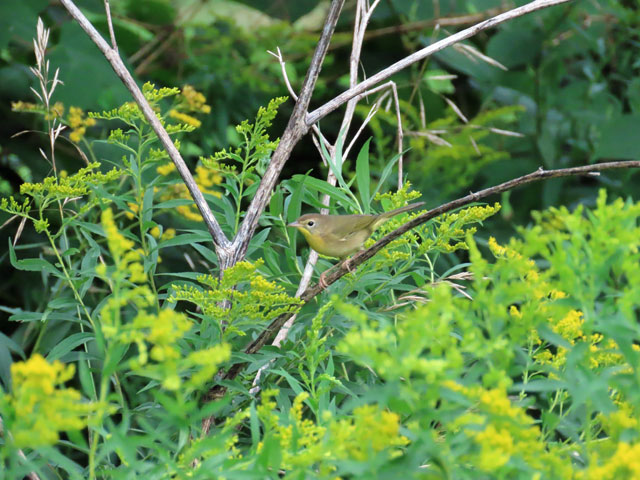
Some of the forest is being used for sugaring.
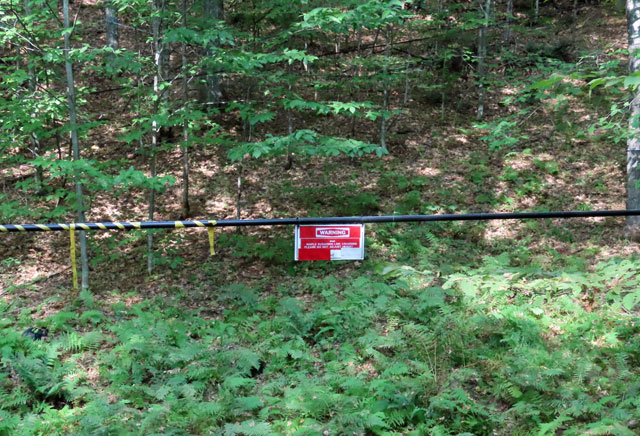
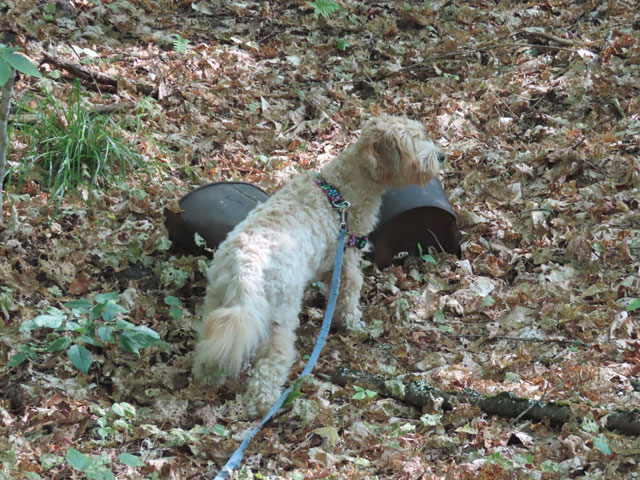
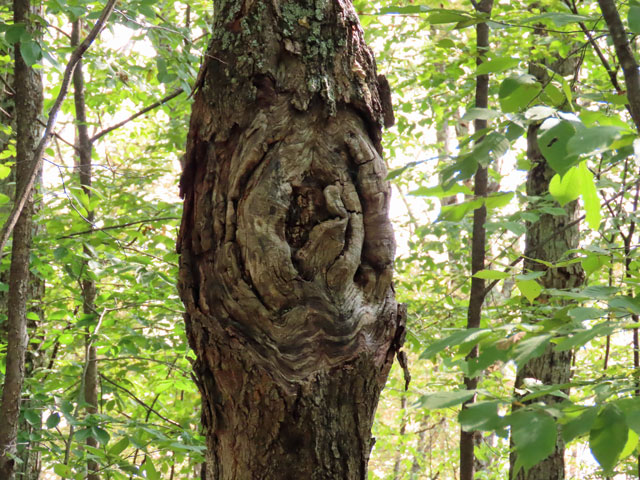
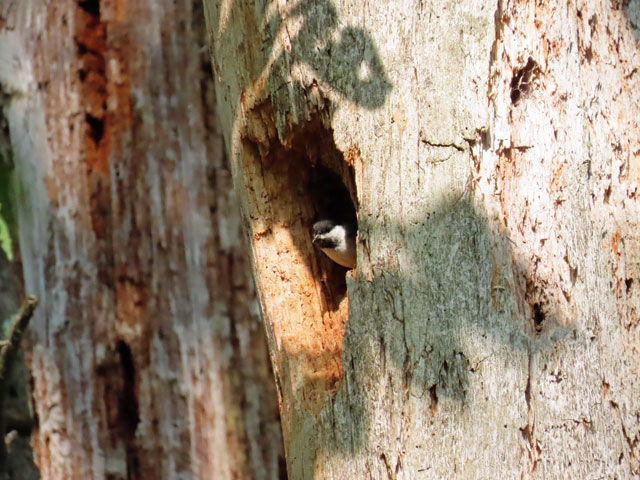
Here are a few more shots from the walk:
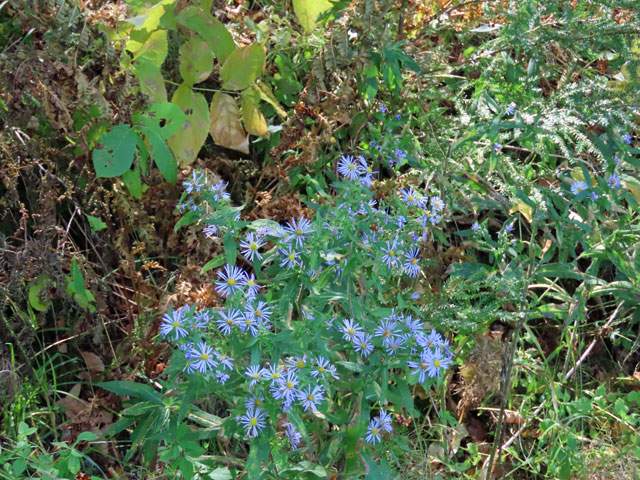
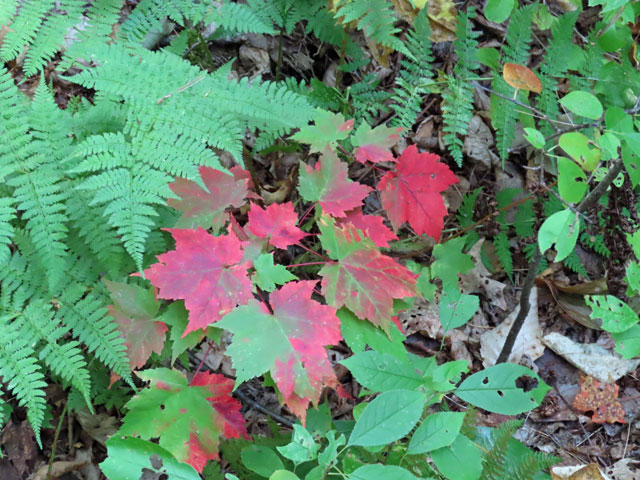
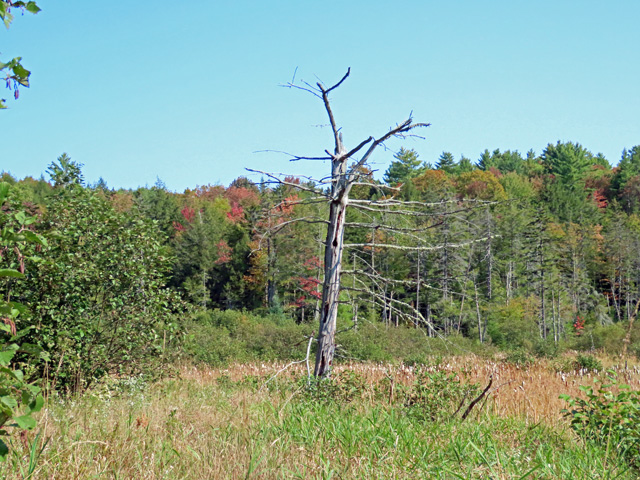
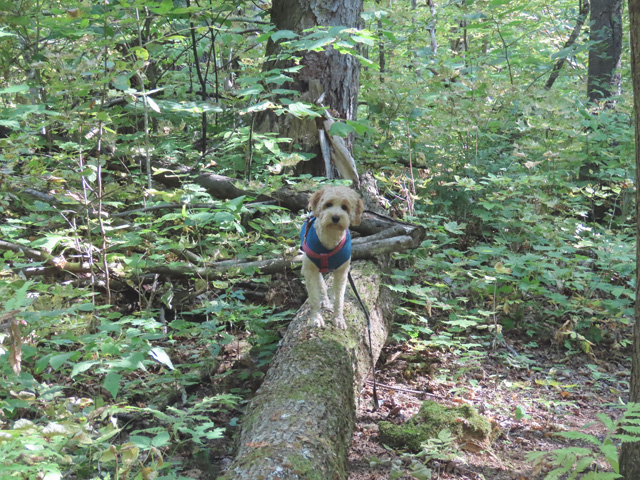
It is heartening to know that these trails and quiet forest have been preserved and protected for future generations.

